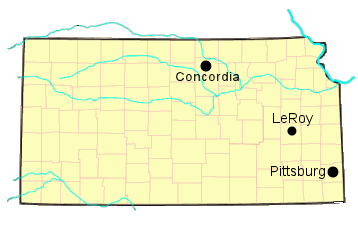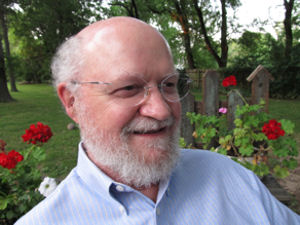You say you want to find yourself. You’ll need
a piece of gravel. Drive any rocked road
in Kansas and you’ll hear pieces by the dozen
knocking in your wheel wells. For once, stop
and get out of the car. Take a minute to look
at the sky—flat bottomed clouds shadowing
the pastures. You’ll hear the meadowlark
on the fence post before you see him fly.
Pick up your piece of gravel. If you’re far
off the main route, a handful of chat, or even
road sand will do. Cup it in your palm while your
tires hum away the miles on the asphalt highway.
Warm it in your pocket as you drink your coffee
at the café counter in the next town, and stay
a while to look at the faces and listen to the talk.
Then take it home with you and right away
put it in your garden or your flower box or drop
it in the driveway. It doesn’t really matter.
It’s easy to see why some find it
hard to believe. Infinity
compressed into a cube
that could rest in a teaspoon.
And then the rupture,
the unimaginable spattering
—across even more
unimaginable distances—
of galaxies and other wonders
that race away from each other
with ever increasing velocity.
But there it is.
Mathematical calculations,
say the scientists, and the latest
astrophysical observations
lead to conclusions inescapable.
It must be true. But we two
who watch white crowned sparrows
feeding along the fence row
and feel the frost under our feet
as we walk the winter field
are obliged to ask the question:
How could this unimaginable
sequence of incomprehensible events
lead at last to us?
The wind tumbles a crow
into the upper limbs of a dead elm
that has shed great sleeves
of bark to shatter on the ground.
Our hands find each other
as the crow’s clawed feet find
the naked branch thirty feet above.
It is too improbable. The mind
cannot encompass the enigma
that stretches across the vast wastes
and deserts of cosmic time
to the crow’s black claws
clasping the dead branch,
to my hand pressing into yours,
to the heat we share
clinging together in all
this cosmic moving apart.





